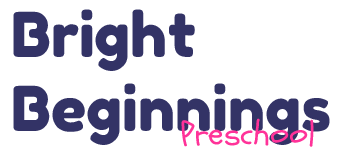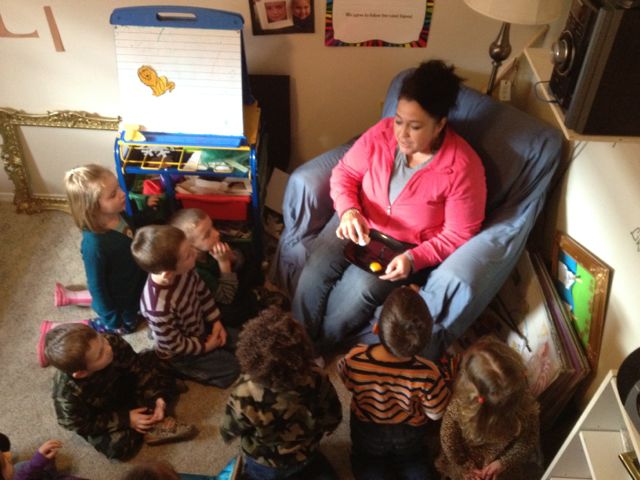Celebrating Differences
Celebrating Differences
Today is Martin Luther King Day. I am from the Delta and many people in that area prefer to call this Robert E Lee Day ( it’s his birthday too.) . I am not one of those. Some might think that teaching preschoolers about racism and bigotry are wrong and ” how in the world can you do it anyway and them understand?” I don’t teach racism. I can’t even remember using that word today. What I do teach is love… love for everyone regardless of skin color.
We are lucky enough to have Kingston here in our preschool. Kingston is half african american and half causcasion. If you remember when I read a book by Ezra Keats the other day there was a little African American boy in the book and I kept asking the kids to tell me about him. I finally had to say ” is his skin a different color?” and then they answered ” Yes… like Kingstons.” Yes, like Kingstons ! But more important than his skin color did you now that Whitney, Kingstons mom is a spunky blonde that used to be on Danielle’s cheerleading squad? Did you know that she is one of the hardest working moms I know? And what about Marcus ? Marcus is an awesome dad. He flies Kingston into preschool on his towering shoulders almost every day. 40/29 says ” NWA Warriors QB Marcus London plays semi-pro football, and is battling an incurable cancer. Sports Director Mark Lericos looks at how this local athlete turned his disease into a positive for those around him. ” Kingston is a lucky little boy. He loves horses and playing cowboys. He is african american. He is our friend. I am so glad he is here.
If you want to see the story on Marcus. Here is the link.
Teaching kids that we are all the same is hard since they are so literal at this point in their development. So, today we did an EGGS-periment. I took three chicken eggs. One was brown, one was tan and one was white. We talked about what we saw . We speculated whether the inside of the eggs were brown and tan and white also and then we cracked them open. Some of the children were surprised to find that we are all the same.. on the inside. I mean… the eggs were. Get it… ?
I searched high and low for a good excerpt of Martin Luther King Jr that the kids could watch . I finally found this one. It isn’t the best but when I questioned the kids at the end for recall, they were able to tell me LOTS. SO SO proud of them.
Can we all agree that teaching kids to ridicule or treat people bad based on the color of their skin is wrong ? Please , please ….. be careful what you say. Even when you think they aren’t listening they are and quite frankly, I am offended sometimes by adults ignorance. Ouch.. I sound a little like this is one of my soap boxes huh ? 🙂
If you want some ideas on how to help guide your child through realizing that not everyone looks like him and that is ok , here is an piece from parents.com
One day you’re standing in an elevator and your 3-year-old points to a person of a different race, blurting out, “Mommy, that man has a funny color skin.” What do you say? With the help of Rebecca Bigler, Ph. D., an associate professor of psychology at the University of Texas at Austin, who has studied children’s racial attitudes, we’ve highlighted what children understand about race and how to talk to them about it.
Ages 6 months to 1 year
Studies show that babies recognize differences in skin color and hair textures. Even before they can talk to their children, parents can teach through their actions. In addition, do your best to expose your child to a diverse environment. It’s important for kids to see their parents interact socially with people of other racial and ethnic groups.
Ages 2 to 3
When children become more vocal, it’s normal for them to spontaneously start talking about skin color. So help your child by replying in a calm, positive tone, “Yes, he does have brown skin. It’s not the same as yours, but it’s a really nice color too.” It’s also fine to bring up people’s physical differences before your child does. A smart time to do this is when you’re playing with toys and already pointing out various physical attributes: “This doll has a hat on, that one doesn’t; this one has dark skin, that one doesn’t.”
Ages 4 to 6
It’s common for children this age to assign positive traits to people of their own ethnic group and negative traits to people who look different. As a result, you may hear troubling comments like “That boy has funny-looking eyes” or “Her skin is dirty.” The best way to respond is to rebut these statements in a calm, straightforward manner (“Her skin isn’t dirty, it’s just not like yours. People are all different skin colors”).
Ages 7 to 8
Racial attitudes tend to improve around this age. Children become receptive to the idea that we’re different and alike at the same time, so stress this concept whenever possible. For example, if your child points out that a friend at school has hair texture that’s different from his, say, “That’s true, his hair isn’t like yours, is it? But you both love playing baseball.” The key is to find a way to point out similarities so your child doesn’t get the idea that children of another race are so very different from him.
Copyright © 2004. Reprinted with permission from the May 2004 issue of Child magazine.




Great post Debbie. Yeah for teachers of preschool who lay foundations.!!!